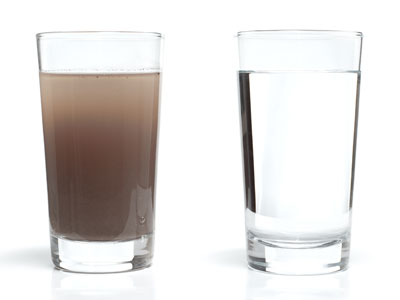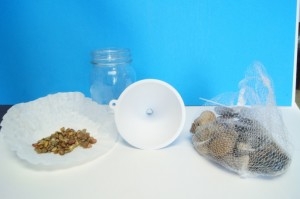What are the best materials to use for cleaning water?
How does this align with my curriculum?
BC
11
Science for Citizens 11 (June 2018)
Big Idea: Scientific processes and knowledge inform our decisions and impact our daily lives.
YT
11
Science for Citizens 11 (British Columbia, June 2018)
Big Idea: Scientific processes and knowledge inform our decisions and impact our daily lives.
AB
8
Knowledge and Employability Science 8, 9 (revised 2009)
Unit E: Freshwater and Saltwater Systems
BC
11
Science for Citizens 11 (June 2018)
Big Idea: Scientific understanding enables humans to respond and adapt to changes locally and globally.
BC
12
Environmental Science 12 (June 2018)
Big Idea: Human actions affect the quality of water and its ability to sustain life.
NS
7
Science Grade 7 (2020)
Learners will analyse particle theory in relation to substances in environments
NU
8
Knowledge and Employability Science 8 (Alberta, Revised 2009)
Unit E: Freshwater and Saltwater Systems
ON
11
Environmental Science, Grade 11, University/College (SVN3M)
Strand C: Human Health and the environment
YT
12
Environmental Science 12 (British Columbia, June 2018)
Big Idea: Human actions affect the quality of water and its ability to sustain life.
YT
11
Science for Citizens 11 (British Columbia, June 2018)
Big Idea: Scientific understanding enables humans to respond and adapt to changes locally and globally.
NT
8
Knowledge and Employability Science 8 (Alberta, Revised 2009)
Unit E: Freshwater and Saltwater Systems
BC
11
Earth Sciences 11 (June 2018
Big Idea: Earth materials are changed as they cycle through the geosphere and are used as resources, with economic and environmental implications.
BC
12
Geology 12 (June 2018)
Big Idea: Weathering and erosion processes continually reshape landscapes through the interaction of the geosphere with the hydrosphere and atmosphere.
YT
11
Earth Sciences 11 (British Columbia, June 2018
Big Idea: Earth materials are changed as they cycle through the geosphere and are used as resources, with economic and environmental implications.
YT
12
Geology 12 (British Columbia, June 2018)
Big Idea: Weathering and erosion processes continually reshape landscapes through the interaction of the geosphere with the hydrosphere and atmosphere.
ON
11
Environmental Science, Grade 11, University/College (SVN3M)
Strand E: Reducing and Managing Waste
NU
4
K-6 Science and Technology Curriculum (NWT, 2004)
Earth and Space Systems: Rocks, Minerals, and Erosion

